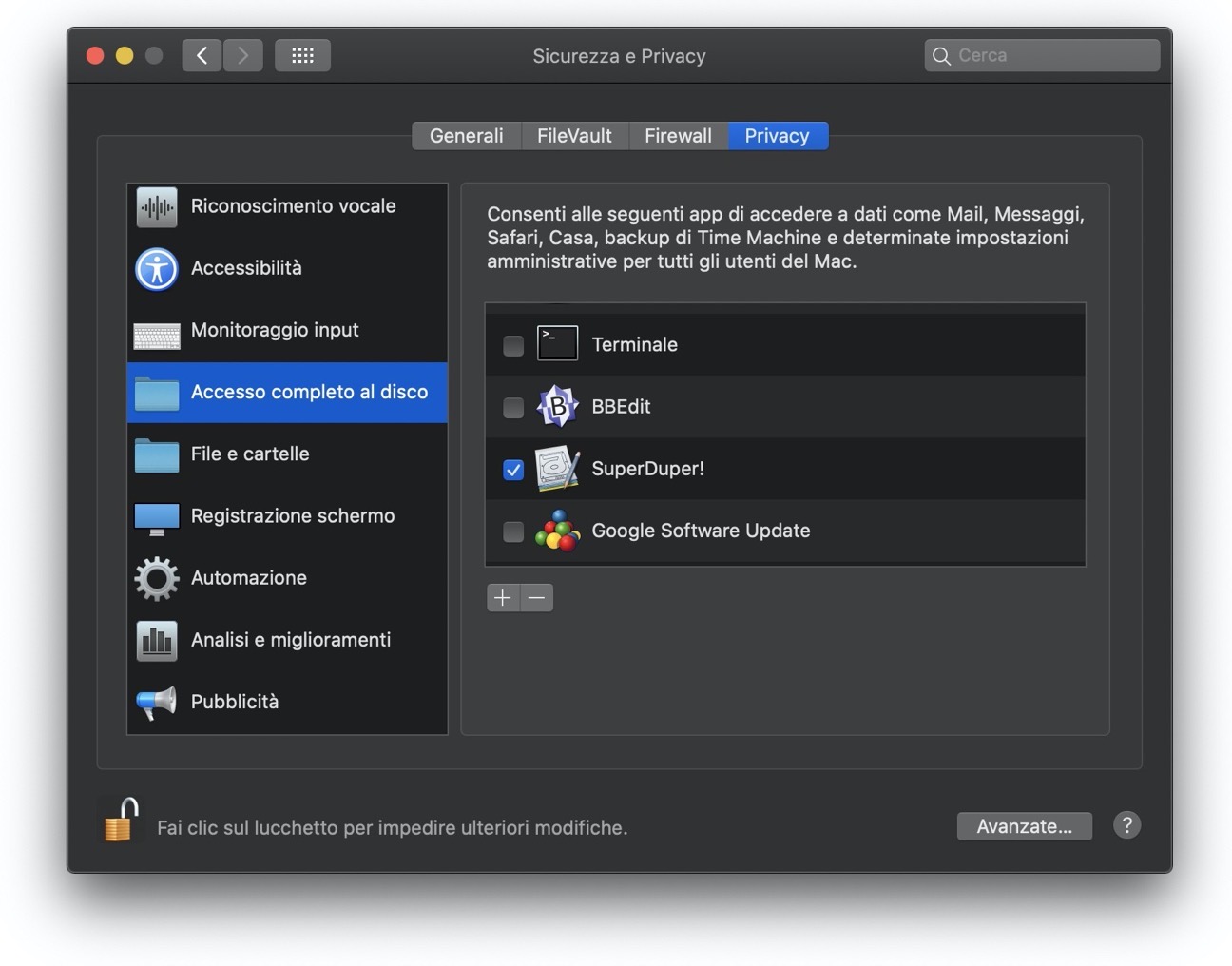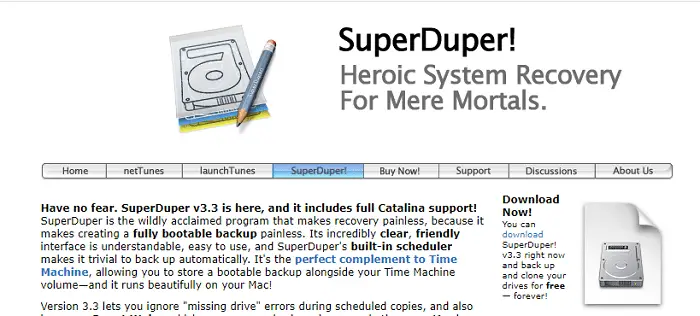

As an example, if you create one, 100KB Word document in Windows, your Mac software (or SuperDuper) will back up the entire Parallels. But this would be a relatively slow way to back up if all you want to do is back up a handful of Windows files. The SuperDuper recommendations are fine if you want to back up the entire Windows image (which could be several GB).

If you are running a bootcamp partition, that is a whole 'nuther animal, and you may need a Windows specific backup program for that.Ĭlick to expand.Is your external HD formatted in a Mac OS format or as FAT32/NTFS? If it's a Mac format, Windows (within Parallels) won't be able to read it (without third-party software such as MacDrive). This means you can do backups during the day if you need to.Īnother note: All this applies to Parallels running under MacOSX. If you pay for SuperDuper (as opposed to using the free version) you get both scheduling features (let's you run it at a certain schedule) and you get incremental backup features (so you can backup just what has changes - saves time). This way, even if the VM gets corrupted (and I have to revert to last night's backup), I can recover the latest data.Īnother way to backup critical files during the day.is of course to run SuperDuper. In this case, I will back up the Quicken file to the Parallels Shared Folder. One example is if I enter a lot of data into Quicken. One more thing.Although I get complete backups every night with SuperDuper, sometimes during the day, I will want interim backups of particular files. I am not familiar with the product you mention, but if you make sure you are getting copies of your virtual machine files, you should be OK. I back mine up to a firewire disk, and I can boot from the firewire disk if I ever need to. It views the Parallels code and the Virtual Machine as just another MAC file(s), so they are automatically backed up.

Many of us use SuperDuper! because it does a complete, bootable backup of the MAC.


 0 kommentar(er)
0 kommentar(er)
